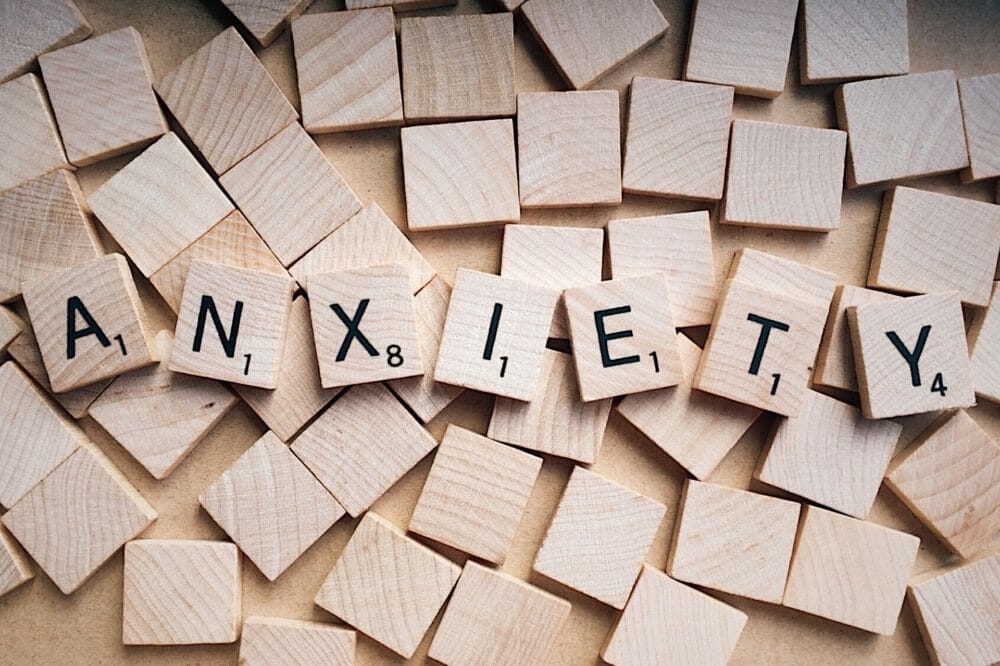Would you believe 80% of people with sensory processing difficulties have anxiety?
It’s not uncommon for children to be diagnosed with anxiety disorder, only to have their parents wonder why the medication they were prescribed doesn’t seem to help. Not all children with anxiety have sensory issues, of course. But it is nearly impossible to effectively treat anxiety with medication only if the child also has sensory issues because the underlying cause of the anxiety isn’t being addressed.
How are sensory issues connected to anxiety?
We all experience the body’s “fight or flight” response from time to time, but imagine if your sensory system sent “fight or flight” alert messages constantly. If incoming information is confusing, not enough, or too much, this sends mixed messages. These mixed messages can lead to fear, worry, refusal, maladaptive behaviors, or perseverative thinking, which are all symptoms of anxiety. Physical symptoms of anxiety can include stomachache, headache, nausea, vomiting, extreme fatigue, or hives/rash.
Imagine someone who is invited to a party with unfamiliar people. Some concerns ahead of time might include the following:
- What if I don’t like it?
- What if my friends aren’t there?
- What if I am not wearing the right clothes?
- What if I make a fool of myself?
- What if they don’t have any food I like?
- What if I want to go home and my ride is not ready to go?
- What if they have loud music or a scary dog?
The list of worries can go on and on, so much so that the brain literally feels on fire with thoughts. He can then either choose to fight through it and go forward despite his anxiety or refuse to go. If he fights through the anxiety, he will remain on high alert the entire time waiting for something to happen or will respond negatively to sudden unexpected stimuli.
Simple everyday experiences can feel so overwhelming to someone whose sensory system is sensitive and over-firing. Sounds, sights, smells, touch, movement, feelings, and emotions all can stress the body’s sensory system and lead to anxiety. What appears to the average person to be a fun outing can feel exhausting to someone with sensory processing disorder.
How can I help my child with anxiety and sensory processing disorder?
The first step is to UNDERSTAND what is happening. Look at the world through sensory eyes and try to understand what the sensitive person might be experiencing. The second step is COMMUNICATION. Talk about what you notice and help give the other person a voice and a platform to feel comfortable sharing. The third step is ACCOMMODATION. Attempt to find a happy medium through adjustments to the child’s environment.
Feeling heard and understood helps to reduce anxiety in the child with sensory issues. The accommodations will help her adjust to her surroundings. At the same time, you should seek therapy by a trained occupational therapist, who will recognize the symptoms, help integrate the sensory systems to create more “normalized” responses and provide overall calming techniques.
A professional who is unfamiliar with sensory processing disorder may evaluate your child and assume the behavior is attention-seeking. Not so. Anxiety feels terrible and is quite powerful. Not many people would willingly subject themselves to so much worry and perseverative thinking for attention.
Once the sensory systems start to regulate, the body and central nervous system calm, and the anxiety starts to diminish. Once the anxiety starts to diminish the sensory systems are not on high alert, so the responses are not as overwhelming. It is a great circle.
I am not suggesting medication and psychotherapy do not have their place – only that they are just one piece of the puzzle. If the sensory system is playing a role in the anxiety disorder, the entire puzzle must be solved, not just a piece.
Occupational therapy for sensory processing order is especially effective for small children whose central nervous system and sensory systems are very pliable. Adults can rewire their systems, it just takes longer.
Keep your eye out for my book later this year. It is a manual for understanding sensory processing disorder as it relates to being in the home and community, being able to communicate, and providing necessary accommodations and treatments.
Victoria Wood, OTR/L
Image by Wokandapix courtesy Pixabay








